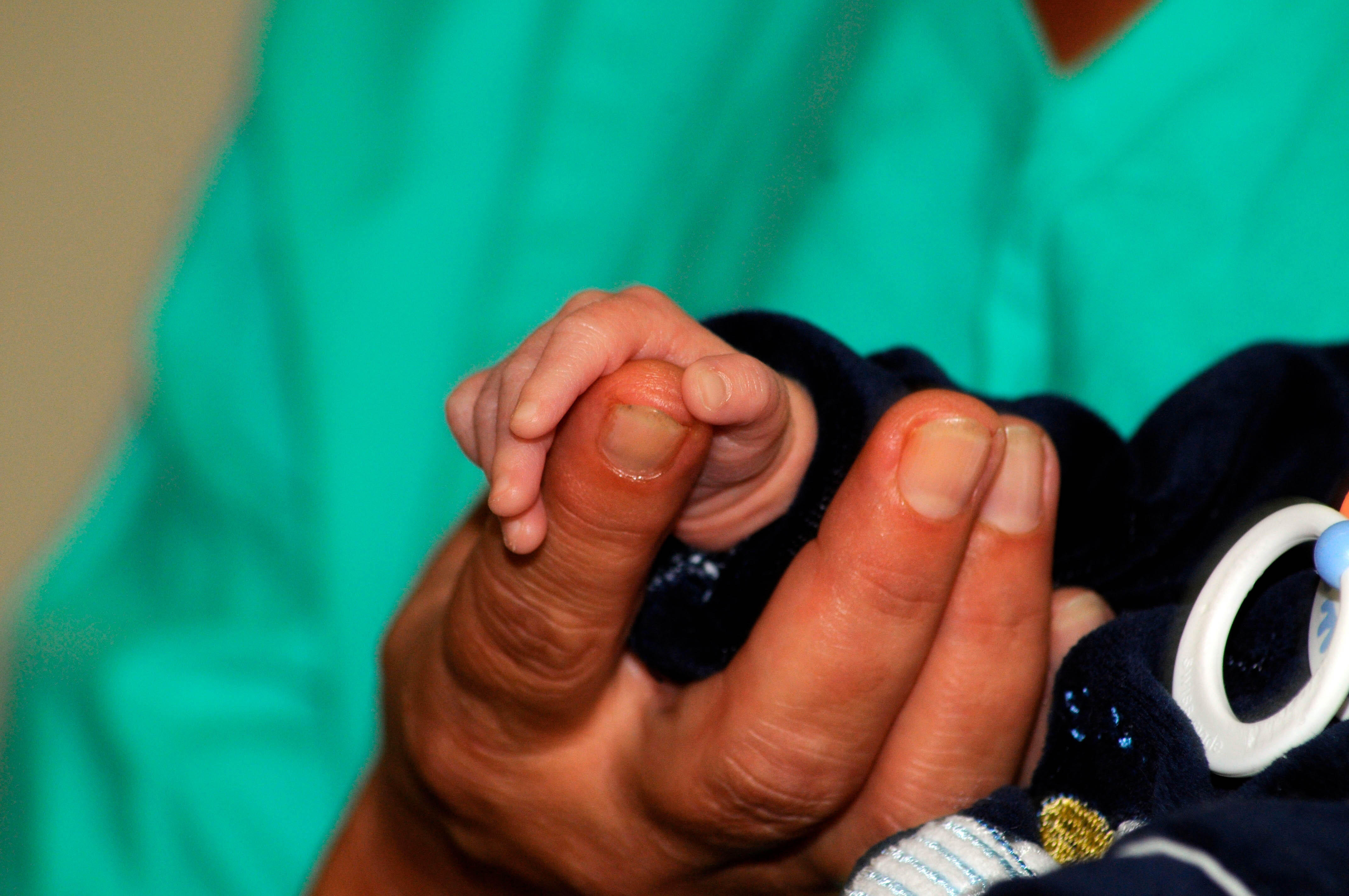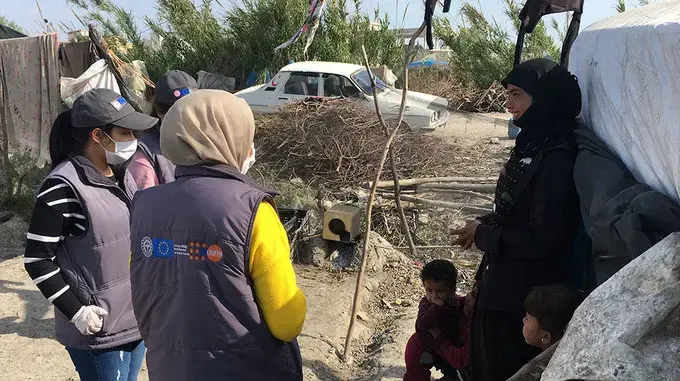Fully investing in midwives by 2035 would avert roughly two-thirds of maternal, and newborn deaths and stillbirths, saving 4.3 million lives per year.
UNITED NATIONS, New York - Millions of lives of women and newborns are lost, and millions more experience ill health or injury, because the needs of pregnant women and the skills of midwives are not recognized or prioritized.
The global midwifery workforce now stands at 1.9 million. However, the world is currently facing a shortage of 900,000 midwives according to UNFPA’s latest report. The COVID-19 crisis has only exacerbated these problems, with the health needs of women and newborns being overshadowed, midwifery services being disrupted and midwives being deployed to other health services.
These are some of the key takeaways from the 2021 State of World’s Midwifery report by UNFPA (the UN sexual and reproductive health agency), WHO (World Health Organization), International Confederation of Midwives (ICM) and partners, which evaluates the midwifery workforce and related health resources in 194 countries.
The acute shortage of midwives is exacting a terrible global toll in the form of preventable deaths. An analysis conducted for this report, published in the Lancet last December, showed that fully resourcing midwife-delivered care by 2035 could avert 67 per cent of maternal deaths, 64 per cent of newborn deaths and 65 per cent of stillbirths. It could save an estimated 4.3 million lives per year.
Despite alarms raised in the last State of the World’s Midwifery report in 2014, which also provided a roadmap on how to remedy this deficit, progress over the past eight years has been too slow. The analysis in this year’s report shows that, at current rates of progress, the situation will have improved only slightly by 2030.
Gender inequality is an unacknowledged driver in this massive shortage. The continued under-resourcing of the midwifery workforce is a symptom of health systems not prioritizing the sexual and reproductive health needs of women and girls, and not recognizing the role of midwives – most of whom are women – to meet these needs. Women account for 93 per cent of midwives and 89 per cent of nurses.
Midwives do not just attend births. They also provide antenatal and postnatal care and a range of sexual and reproductive health services, including family planning, detecting and treating sexually transmitted infections, and sexual and reproductive health services for adolescents, all while ensuring respectful care and upholding women’s rights. As the number of midwives increases, and they are able to provide care in an enabling environment, women’s and newborns’ health improves as a whole, benefitting all of society.
For midwives to achieve their life-saving and life-changing potential, greater investment is needed in their education and training, midwife-led service delivery, and midwifery leadership. Governments must prioritise funding and support for midwifery and take concrete steps to include midwives in determining health policies.
You can see the full report here.
Notes to editors
The launch of the 2021 State of World’s Midwifery report includes policy recommendations to improve sexual, reproductive, maternal, newborn and adolescent health service delivery and midwifery leadership and governance. These policy recommendations will be the subject of a meeting of health ministers on 18 May and a dialogue at the 74th World Health Assembly (24 May), where the WHO Member States are anticipated to adopt the evidence-based Global Strategic Directions for Nursing and Midwifery 2021-2025 with a Resolution on nursing and midwifery.



